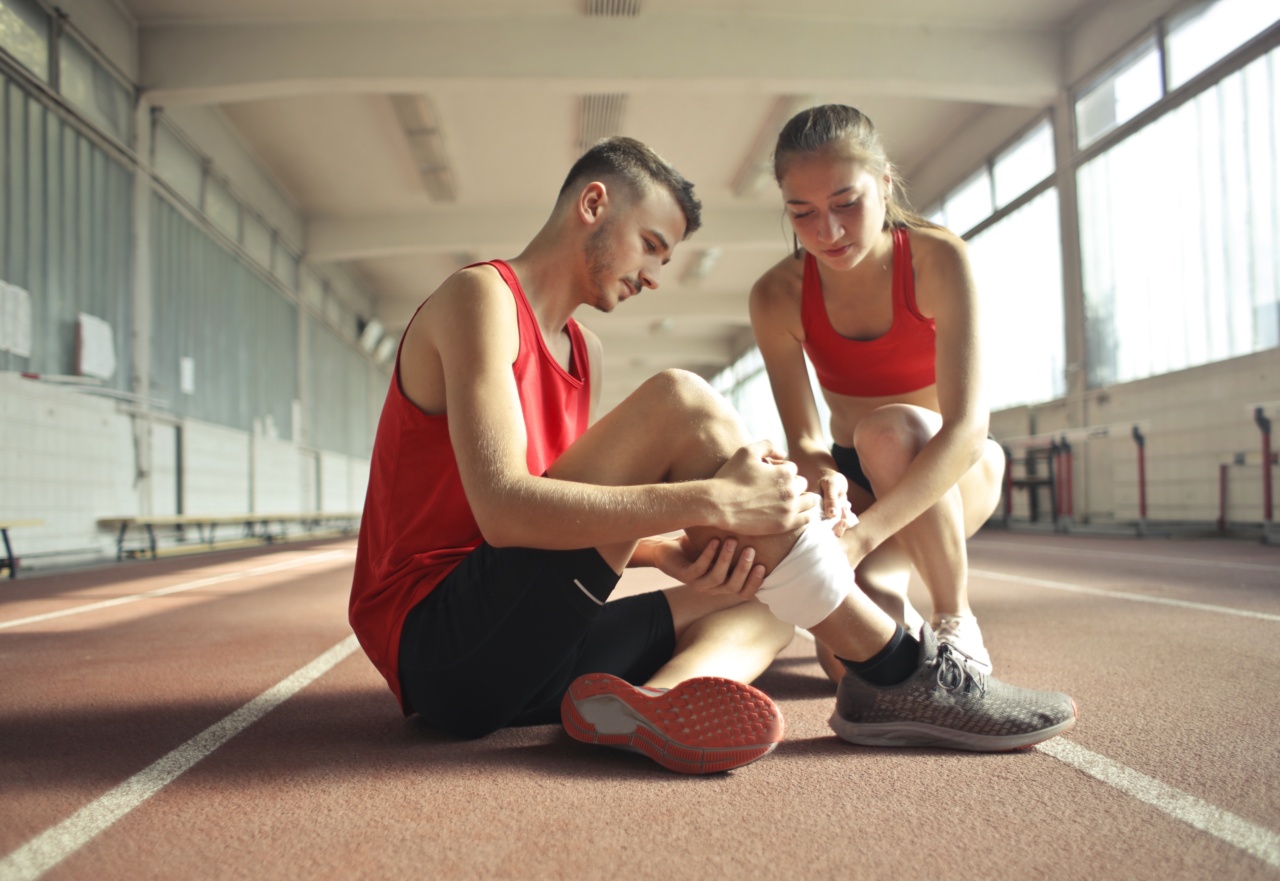Groin pain is a common complaint among athletes, particularly those involved in sports that require quick changes in direction, such as football, soccer, and hockey.
The groin area is susceptible to various injuries, including muscle strains, hip impingement, and hernias. These injuries can significantly impact an athlete’s performance and overall well-being. While seeking proper medical evaluation and treatment is crucial, a gentle approach to managing groin pain can also be beneficial in the recovery process.
This article explores several gentle methods that athletes can implement to alleviate groin pain and promote healing.
1. Rest and modified activity
When experiencing groin pain, it is important to rest and modify activities that exacerbate the pain. Continuing to participate in high-intensity activities can further strain the injured muscles or aggravate the underlying condition.
Athletes should listen to their bodies and avoid pushing through the pain, as this can lead to more severe injuries.
2. Ice therapy
Applying ice to the affected area can help reduce inflammation and provide temporary pain relief. Ice therapy can be performed by placing an ice pack wrapped in a thin cloth on the groin for 15-20 minutes, several times a day.
It is important to allow the skin to recover between ice sessions to avoid potential damage.
3. Compression garments
Wearing compression garments, such as shorts or wraps, may help manage groin pain by providing support to the muscles and reducing swelling. Compression garments improve blood flow and can aid in the healing process.
Athletes should consult with a healthcare professional to determine the appropriate type and level of compression for their specific condition.
4. Gentle stretching and strengthening exercises
Engaging in gentle stretching and strengthening exercises can promote flexibility and muscle balance in the groin area.
It is important to perform these exercises under the guidance of a trained professional, such as a physical therapist or athletic trainer, to ensure correct form and prevent further injury. Examples of such exercises include hip adductor stretches, clamshells, and bridges.
5. Manual therapy
Seeking the assistance of a skilled manual therapist, such as a chiropractor or physical therapist, can be beneficial for athletes with groin pain.
Manual therapy techniques, such as soft tissue mobilization and joint mobilization, can help reduce muscle tension, improve range of motion, and alleviate discomfort. These therapies should always be performed by a qualified professional.
6. Heat therapy
Heat therapy, such as warm showers or hot packs, can help loosen tight muscles and improve blood flow to the affected area. This can be particularly helpful before engaging in stretching or exercise routines.
Athletes should be cautious not to use excessive heat or prolong heat therapy, as it can lead to burns or skin damage.
7. Gradual return to activity
After a period of rest and healing, athletes should gradually return to their regular activities. It is important to follow a structured rehabilitation program that prioritizes proper technique, progressive loading, and adequate rest intervals.
Rushing back into full activity too soon can increase the risk of reinjury or chronic groin pain.
8. Supportive footwear
Wearing appropriate footwear can help prevent and manage groin pain. Shoes with proper arch support and cushioning provide stability and absorb shock during high-impact activities.
Athletes should consult with a knowledgeable sports footwear professional to find the most suitable footwear for their specific sport and foot type.
9. Cross-training and alternative exercises
Athletes with groin pain can benefit from incorporating cross-training and alternative exercises into their routine. This allows for muscle recovery and reduces excessive strain on the injured area.
Low-impact activities like swimming or cycling can help maintain cardiovascular fitness without placing excessive stress on the groin muscles.
10. Mind-body strategies
Mind-body strategies, such as meditation, deep breathing exercises, and visualization techniques, can help athletes manage groin pain by reducing stress and promoting relaxation.
Stress and anxiety can contribute to muscle tension and hinder the healing process. Incorporating these strategies into a daily routine can enhance overall well-being and aid in the recovery process.



























